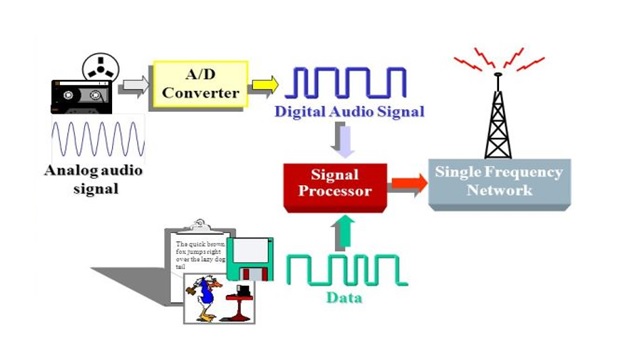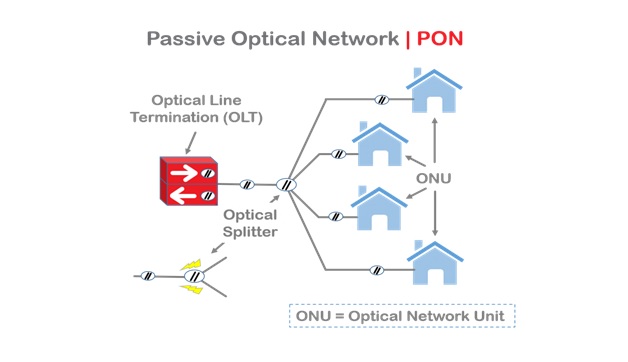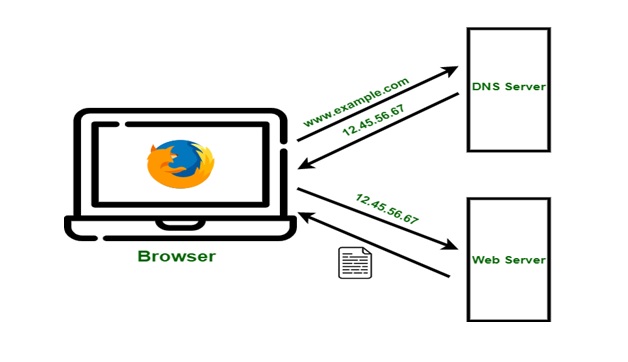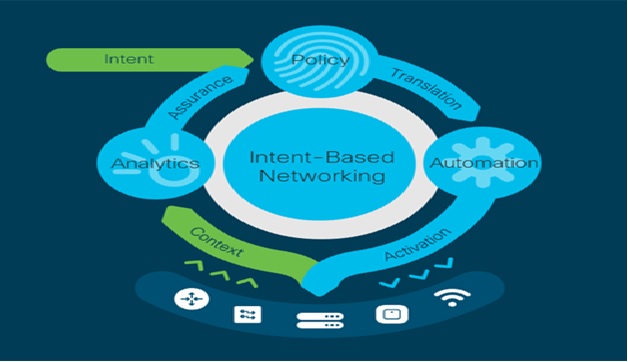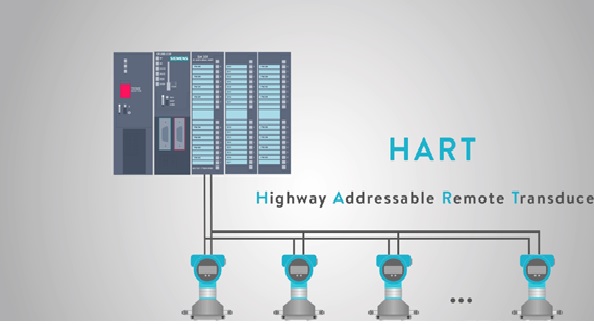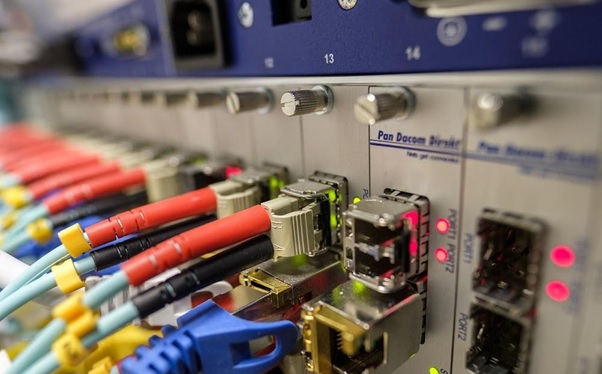Overview of Artificial Neural Network (ANN)
Artificial Neural Network Tutorial provides basic and advanced concepts of ANNs. Our Artificial Neural Network tutorial is developed for beginners as well as professions. The term "Artificial neural network" refers to a biologically inspired sub-field of artificial intelligence modeled after the brain. An Artificial neural network is usually a computational network based on biological neural networks that construct the structure of the human brain. Similar to a human brain has neurons interconnected to each other, artificial neural networks also have neurons that are linked to each other in various layers of the networks. These neurons are known as nodes. [1]

Figure 1. Overview of Artificial Neural Network (ANN)
Figure 1 shows A neural network has many layers and each layer performs a specific function, and as the complexity of the model increases, the number of layers also increases that why it is known as the multi-layer perceptron.
The purest form of a neural network has three layers input layer, the hidden layer, and the output layer. The input layer picks up the input signals and transfers them to the next layer and finally, the output layer gives the final prediction and these neural networks have to be trained with some training data as well like machine learning algorithms before providing a particular problem. [2]
Advantages of artificial neural networks
- Parallel processing abilities mean the network can perform more than one job at a time.
- Information is stored on an entire network, not just a database.
- The ability to learn and model nonlinear, complex relationships helps model the real-life relationships between input and output.
- Fault tolerance means the corruption of one or more cells of the ANN will not stop the generation of output.
- Gradual corruption means the network will slowly degrade over time, instead of a problem destroying the network instantly.
- The ability to produce output with incomplete knowledge with the loss of performance being based on how important the missing information is.
- No restrictions are placed on the input variables, such as how they should be distributed.
- Machine learning means the ANN can learn from events and make decisions based on the observations.
Disadvantages of artificial neural networks
- The lack of rules for determining the proper network structure means the appropriate artificial neural network architecture can only be found through trial and error and experience.
- The requirement of processors with parallel processing abilities makes neural networks hardware-dependent.
- The network works with numerical information, therefore all problems must be translated into numerical values before they can be presented to the ANN.
- The lack of explanation behind probing solutions is one of the biggest disadvantages in ANNs. The inability to explain the why or how behind the solution generates a lack of trust in the network. [3]
References:
- https://www.javatpoint.com/artificial-neural-network
- https://www.analyticsvidhya.com/blog/2021/07/understanding-the-basics-of-artificial-neural-network-ann/
- https://www.techtarget.com/searchenterpriseai/definition/neural-network
Cite this article:
Thanusri swetha J (2021), Overview of Artificial Neural Network (ANN), AnaTechMaz, pp. 46



